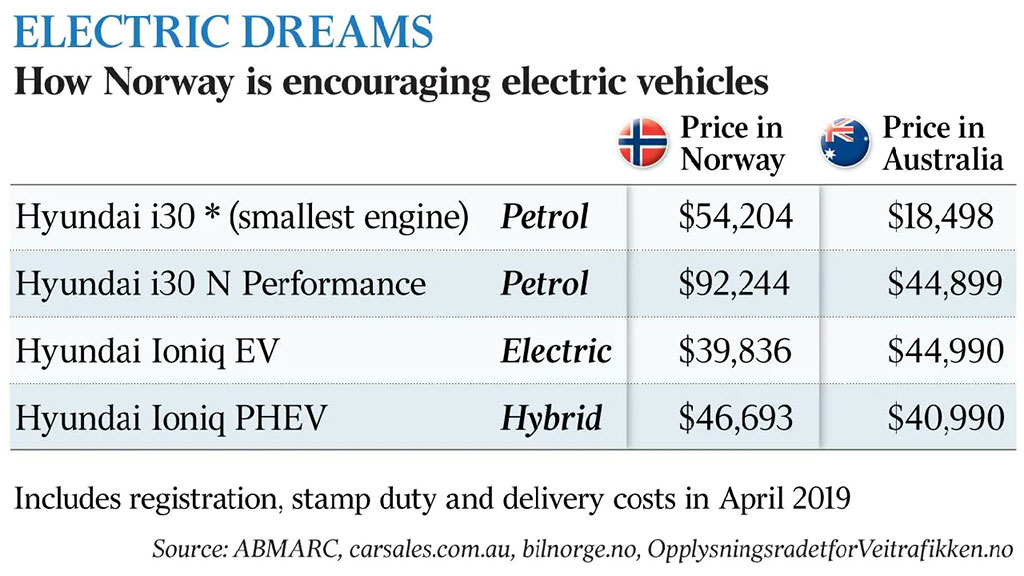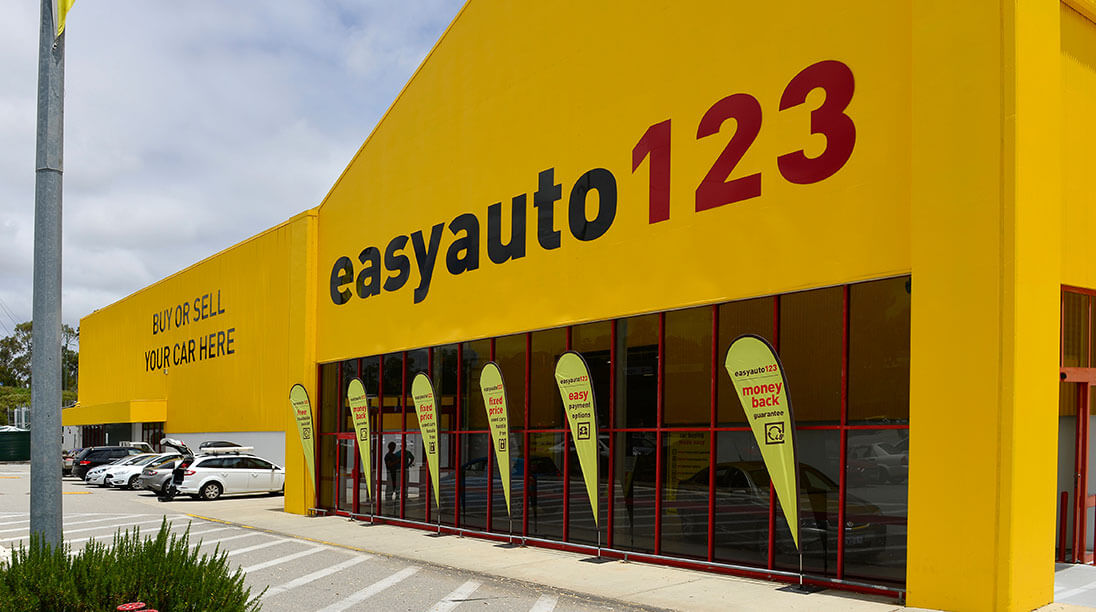Analysis showed EVs, particularly on Australia’s eastern states, are responsible for more carbon dioxide emissions than petrol vehicles, and that in Victoria “CO2 emissions from electric vehicles are particularly high, similar to the average diesel vehicle CO2 emissions”.
The Melbourne engineering consultancy’s principal engineer Natalie Roberts told GoAutoNews Premium that ABMARC prepared the report in the lead-up to the federal election in May and was a briefing on the high emissions that result from producing electricity to power EVs.
The content of the report has just come to light after it was leaked to The Australian newspaper.
“Now that it’s in the public arena, I can confirm that it includes ABMARC’s findings that EVs used on the east coast of Australia produce more carbon dioxide emissions than conventional petrol vehicles. This is due to the fact that Australia continues to rely heavily on coal for its electricity,” Ms Roberts said.
ABMARC’s briefing compared the sales-weighted average CO2 emissions of hybrid, petrol, diesel and electric vehicles in Australia. Ms Roberts noted that all CO2 emissions data used in ABMARC’s analysis was readily available government data.
The briefing was provided to clients who wanted to be better informed on the pre-election discussion and policies from both parties in relation to EVs.
The pre-election proposal by (then) Labor leader Bill Shorten was for EVs to reach 50 per cent of new-vehicle sales by 2030, equivalent on current figures of about 500,000 vehicles.
ABMARC’s briefing said Australia would need an investment of between $5 billion and $7 billion in recharging infrastructure and additional investment in “switchboards, transformers and poles and wires” to meet Labor’s 50 per cent figure.
Despite the negative slant given by some press to ABMARC’s reporting on EVs, Ms Roberts is firmly in support of all technologies, including EVs, hybrids and hydrogen-powered vehicles.
“Based on our research and projections, we see EVs forming a significant part of the Australian new-vehicle fleet,” she said.
“By 2030 we believe that 14 per cent of new-vehicle sales in Australia are likely to be EVs.”
The data indicates annual EV sales of about 140,000 units on current market data. Current EV and plug-in hybrid sales are about 0.25 per cent of new-vehicle sales.
“This uptake is impressive, given there are no real or significant incentives for EV adoption in Australia,” Ms Roberts said.
“Our baseline EV uptake projections fall within the range of the European Commission’s EV forecast. The EC predicts between 10.6 per cent and 35 per cent of new-vehicles sales in the EU will be EVs in 2030.
“So we believe Australia’s EV uptake will be approaching the middle of the EU prediction.
“As the number of EVs in Australia increases, the importance of clean electricity also increases. If we continue to rely on coal for electricity, it is not guaranteed that Australia will receive a net CO2 emissions benefit in switching to EVs.
“We can see that looking at Tasmania, the high use of renewable energy provides significantly clean EV mobility. When developing policy for EVs, consideration needs to be given to the energy generation sector, as well as other new vehicle-based technologies including, for example, hydrogen.”
Ms Roberts said the briefing, part of ABMARC’s Future Mobility Report which the firm prepares for its clients, had “a very positive reaction from our customers”.
“The full briefing presented a more complete overview of the issues and costs surrounding EV uptake in Australia with our current infrastructure,” she said.
“ABMARC’s Future Mobility Report provides our clients with tools to develop better policies and strategy to take advantage of these technologies, providing benefits to consumers and the environment.
“Presently, we see some slowing in the uptake of more efficient ICE (internal combustion engine) technology being adopted in Australia – and the associated benefits to new fleet average CO2 emissions – as Europe has moved to Euro 6 emission standards, but Australia remains at Euro 5.
“We still believe that there is an opportunity for ICEs to benefit from further development, although the speed of this technology adoption will slow in Australia.”
ABMARC also looked at the comparison between the EV markets of Australia and Norway, the country used by EV groups to showcase the potential benefits of EVs.
Ms Roberts said: “Norway is a special case. It has a very high tax rate on vehicles which allows it the flexibility for low taxes on EVs.”
Norway also has very low electricity prices and very high petrol prices. The CO2 emissions from its electricity generation are among the lowest in the world.
EVs are subsidised in Norway while ICEs are penalised with higher taxes. The briefing said a Hyundai i30 hatchback in Australia would cost about $18,500 but in Norway it would be $54,200.
A Hyundai Ioniq EV is priced from $44,990 in Australia and $39,836 in Norway.
The briefing said: “It can be seen that Norway’s tax structure results in conventional vehicles being significantly more expensive than similar electric vehicles.”
Norway also has incentives for EV purchase by its citizens including use on less congested special freeway lanes, free tolls, some free parking areas, reduced registration charges and free public charging points.
By Neil Dowling















 Read More: Related articles
Read More: Related articles

